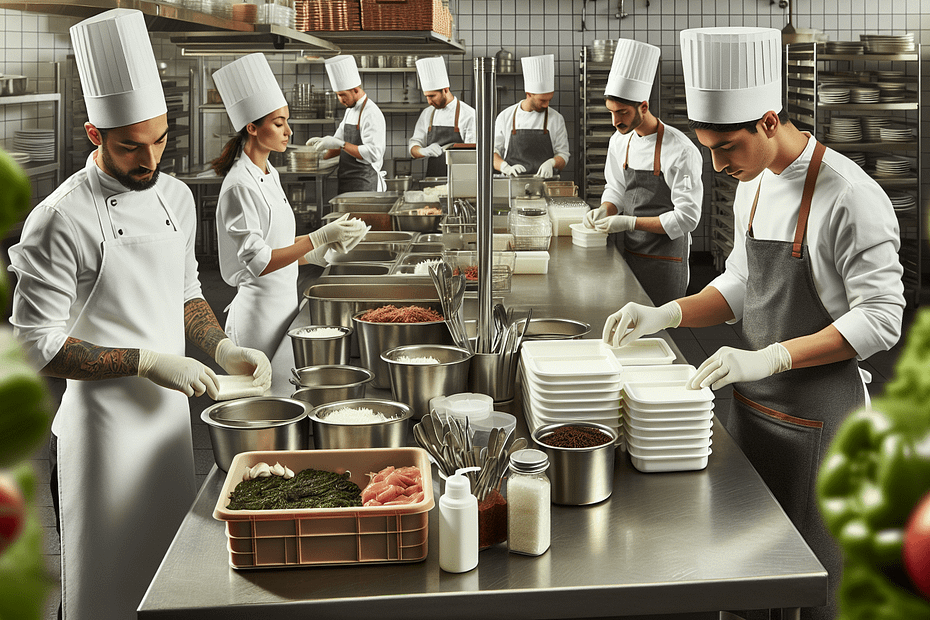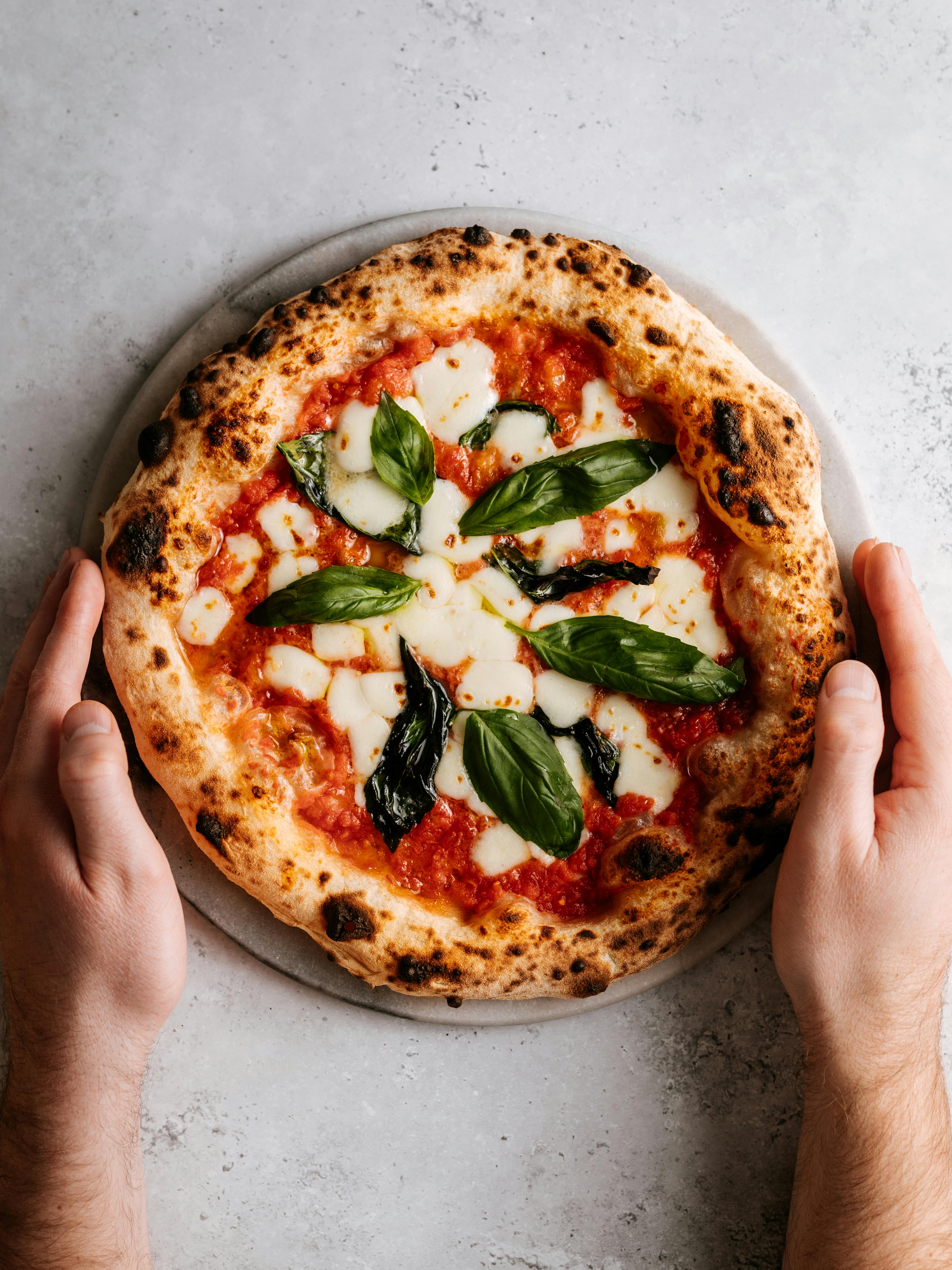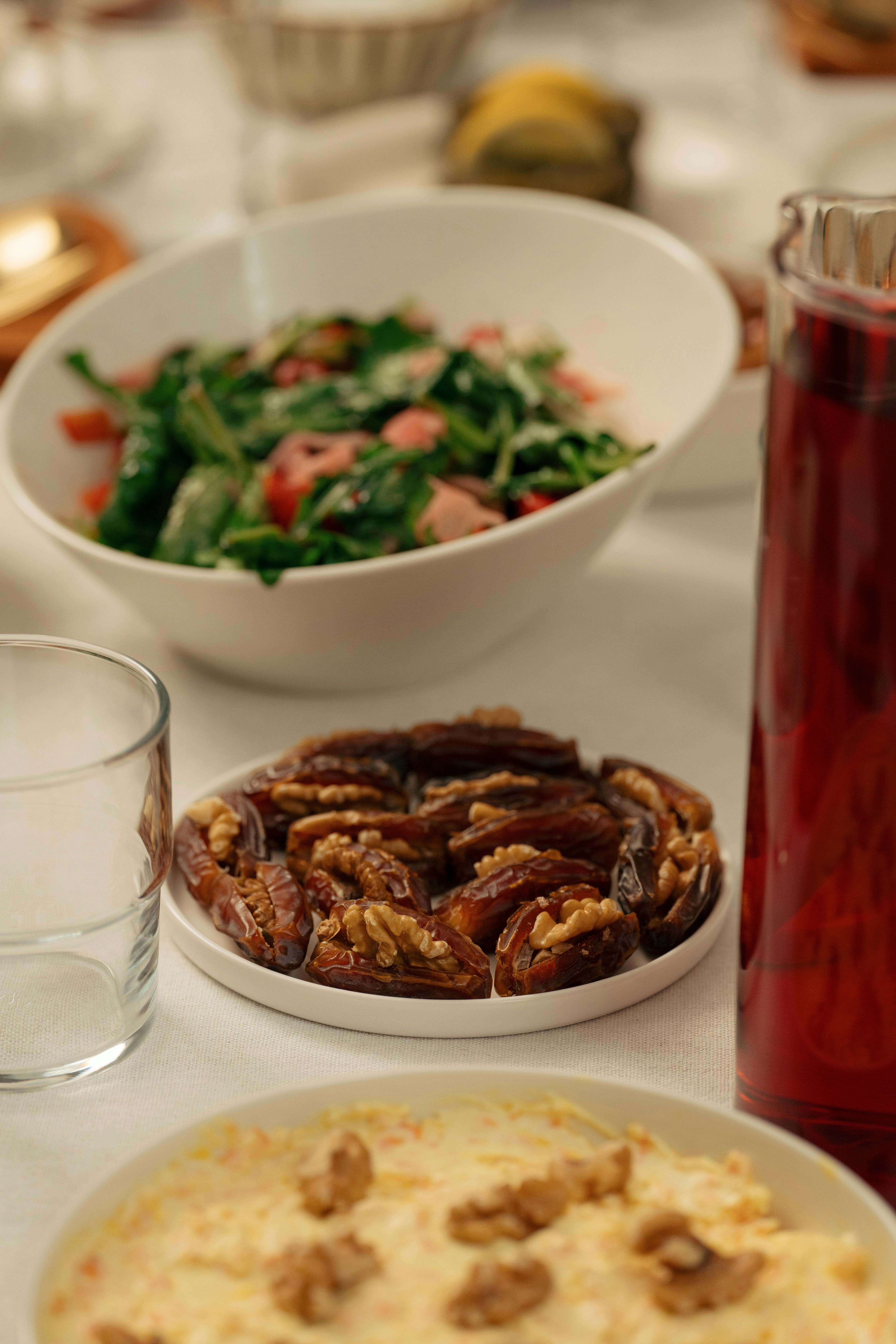As a frequent diner at restaurants, you want to enjoy your meal with the peace of mind knowing that the food you are eating is safe and hygienic. However, navigating the challenges of food safety and hygiene in a restaurant can sometimes be overwhelming. From ensuring proper storage and handling of ingredients to maintaining clean and sanitized cooking areas, there are several factors to consider. In this article, we will explore some practical tips and guidelines that will help you confidently navigate the complexities of food safety and hygiene, ensuring a delicious and worry-free dining experience.
Implement Proper Personal Hygiene Practices
Train staff on handwashing techniques
Proper handwashing is crucial in maintaining food safety and avoiding the spread of harmful bacteria and viruses. Train your staff on the correct handwashing techniques, emphasizing the importance of using warm water, soap, and washing for at least 20 seconds. Encourage them to wash their hands frequently, especially after handling raw food, using the restroom, or touching their face.
Provide hand sanitizer stations
In addition to regular handwashing, it’s important to provide hand sanitizer stations throughout your restaurant. Place them in easily accessible areas, such as near entrances, restrooms, and food preparation areas. Encourage both staff and customers to use hand sanitizer regularly to minimize the risk of contamination.
Enforce proper uniform and grooming standards
Maintaining proper uniform and grooming standards for your staff is essential for food safety and hygiene. Instruct your employees to wear clean and appropriate attire, including hairnets or caps, gloves when necessary, and closed-toe shoes. Regularly remind your staff about the importance of good personal hygiene, including regular bathing and brushing teeth, to ensure a clean and safe working environment.
Establish Food Safety Protocols
Create a comprehensive food safety manual
A comprehensive food safety manual is a valuable resource for your restaurant. It should outline your food safety protocols, including proper handling, storage, and preparation of food. Include instructions on how to handle foodborne illness outbreaks and what steps to take in case of an emergency. Make sure to train your staff on the contents of the manual and keep it updated with the latest information.
Implement HACCP (Hazard Analysis and Critical Control Points) system
Implementing the HACCP system is an effective way to identify and control potential hazards in your restaurant’s food handling process. This systematic approach involves conducting a hazard analysis, determining critical control points, and establishing procedures to monitor and control those points. By implementing HACCP, you can prevent foodborne illnesses and ensure the safety of your customers.
Regularly inspect and maintain equipment and utensils
Regular inspections and maintenance of your restaurant’s equipment and utensils are essential for food safety. Check for any signs of wear and tear, such as cracks or rust, and replace them if necessary. Regularly clean and sanitize all equipment and utensils following the recommended procedures. By keeping your equipment in good condition, you can minimize the risk of cross-contamination and ensure the quality of your food.
Ensure Proper Food Storage
Establish proper storage areas with appropriate temperature control
Proper food storage is crucial in preventing the growth of harmful bacteria and preserving the quality of your ingredients. Establish designated storage areas with appropriate temperature control, such as refrigerators, freezers, and dry storage areas. Clearly label all food items with their contents and expiration dates to ensure proper rotation and avoid using expired ingredients. Train your staff on proper storage practices and monitor the storage areas regularly to ensure compliance.
Implement a first-in, first-out (FIFO) system
To prevent food waste and maintain freshness, implement a first-in, first-out (FIFO) system for your inventory. This means using older ingredients before newer ones. Train your staff on the importance of FIFO and enforce its practice in all food storage areas. Regularly check the inventory and discard any expired or spoiled items promptly.
Regularly check and monitor storage conditions
Regularly checking and monitoring the storage conditions is essential for maintaining food safety. Ensure that refrigerators and freezers are operating at the correct temperatures and have proper air circulation. Monitor and record temperatures regularly to ensure compliance with food safety regulations. Regularly inspect storage areas for cleanliness, signs of pests, and any potential cross-contamination risks.
Practice Safe Food Preparation
Separate raw and cooked foods
To prevent cross-contamination, it is crucial to separate raw and cooked foods during preparation. Use different cutting boards, utensils, and containers for raw and cooked foods. Train your staff on the importance of this practice and ensure they strictly follow it. This will greatly reduce the risk of foodborne illnesses caused by bacteria present in raw foods.
Avoid cross-contamination
Cross-contamination occurs when bacteria from one food item are transferred to another. To avoid this, make sure to clean and sanitize all surfaces, utensils, and equipment between each use. Store raw meats and seafood in leak-proof containers on lower shelves to prevent any drips onto other foods. Train your staff on proper cleaning and sanitizing procedures to minimize the risk of cross-contamination.
Cook foods to the appropriate temperatures
Cooking foods to the appropriate temperatures is essential for killing harmful bacteria and ensuring food safety. Use a calibrated thermometer to check the internal temperature of foods, especially meats and poultry. Follow the recommended cooking temperatures and times for different types of foods. Regularly train your staff on safe cooking practices and emphasize the importance of thorough cooking.
Train Staff on Food Safety Measures
Provide comprehensive training on food handling and safety
Proper training is the foundation of a food-safe restaurant. Provide comprehensive training to your staff on food handling and safety protocols. Cover topics such as proper handwashing, cross-contamination prevention, cooking temperatures, and storage practices. Additionally, train them on identifying and reporting potential food safety issues to promote a proactive approach to food safety.
Regularly conduct refresher courses and assessments
Food safety practices can become lax over time, so it’s important to conduct regular refresher courses and assessments. Schedule periodic training sessions to reinforce proper food handling techniques and update your staff on any changes in protocols. Conduct assessments to evaluate their knowledge and identify areas for improvement. By regularly refreshing their training, you ensure that your staff remains vigilant in maintaining food safety standards.
Empower staff to report any potential food safety issues
Encourage an open culture where your staff feels empowered to report any potential food safety issues. Provide them with a clear reporting system and assure them that their concerns will be addressed promptly and without repercussions. Regularly communicate the importance of their role in maintaining food safety and highlight the positive impact their vigilance can have on the health and satisfaction of your customers.
Implement Effective Cleaning and Sanitizing Procedures
Establish a clear cleaning schedule
A clear and consistent cleaning schedule is essential for maintaining a clean and safe restaurant environment. Create a cleaning checklist that details which areas need to be cleaned, how frequently, and who is responsible. This includes both daily tasks, such as wiping down surfaces and sanitizing utensils, as well as weekly or monthly tasks, such as deep cleaning equipment and floors. Regularly review and update the cleaning schedule as needed.
Use appropriate cleaning products and sanitizers
Using proper cleaning products and sanitizers is crucial for effective cleaning. Ensure that your staff uses approved cleaning agents that are safe for food contact surfaces. Train them on the correct usage and dilution ratios to maximize effectiveness while minimizing the risk of chemical contamination. Provide clear instructions on the proper cleaning procedures for different areas and equipment in your restaurant.
Regularly monitor and evaluate cleaning practices
Monitoring and evaluating the effectiveness of your cleaning practices is important for maintaining food safety standards. Regularly inspect the cleanliness of different areas, such as kitchen surfaces, storage areas, and restrooms, to identify any areas that may require additional attention. Take feedback from staff and customers into consideration and make necessary adjustments to improve your cleaning procedures if needed.
Regularly Monitor and Update Health and Safety Policies
Stay updated with local health department regulations
Staying up-to-date with local health department regulations is crucial for ensuring compliance with food safety standards. Regularly check for any updates or changes in regulations and adjust your policies and practices accordingly. Subscribe to relevant newsletters or websites to stay informed about any new developments in food safety regulations specific to your area.
Conduct routine inspections and audits
Routine inspections and audits are essential for monitoring your restaurant’s compliance with health and safety policies. Conduct regular self-inspections to identify any areas of non-compliance and take necessary corrective actions. Additionally, consider having independent audits conducted by professional food safety auditors to provide an objective assessment of your restaurant’s practices. Use the feedback from inspections and audits to make improvements and ensure ongoing compliance.
Review and revise policies as needed
Regularly reviewing and revising your health and safety policies is crucial for adapting to changes in regulations and best practices. As new information emerges or new technologies become available, update your policies accordingly. Communicate any changes to your staff and provide the necessary training and resources to ensure their adherence to the updated policies.
Maintain Proper Pest Control
Implement a pest control program
Implementing a comprehensive pest control program is vital for preventing infestations and ensuring food safety. Partner with a professional pest control company to develop and implement an integrated pest management (IPM) program specific to your restaurant’s needs. Regularly schedule inspections and treatments to control and prevent pests. Train your staff on how to identify signs of pests and report them promptly.
Regularly inspect and seal entry points
Regularly inspecting your restaurant for any potential entry points for pests is crucial in maintaining effective pest control. Inspect windows, doors, walls, and floors for any gaps or cracks that pests could use to enter. Seal off any openings using appropriate materials and methods to prevent pests from infiltrating your premises. By regularly checking and sealing entry points, you can minimize the risk of infestations.
Train staff on identifying and reporting pest issues
Train your staff on how to identify signs of pests, such as droppings, chewed packaging, or unusual odors. Encourage them to report any potential pest issues immediately. Create a system for reporting and tracking pest sightings and ensure that appropriate action is taken promptly. By involving your staff in pest control efforts, you create a collaborative approach to maintaining a pest-free environment.
Establish a Culture of Food Safety
Promote a culture of cleanliness and hygiene
Promoting a culture of cleanliness and hygiene within your restaurant is crucial for maintaining food safety. Lead by example and prioritize cleanliness in all aspects of your operations. Encourage your staff to take pride in their work and emphasize the importance of maintaining a sanitary environment. Recognize and reward employees who consistently uphold high standards of cleanliness and hygiene.
Encourage open communication regarding food safety concerns
Create an environment where open communication regarding food safety concerns is encouraged. Regularly check in with your staff to address any questions or issues they may have. Foster a culture where they feel comfortable reporting potential food safety hazards or suggesting improvements to existing processes. By encouraging open communication, you can identify and resolve issues before they become more serious problems.
Reward and recognize staff for their adherence to food safety practices
Recognize and reward staff members who consistently adhere to food safety practices. This can be done through verbal recognition, certificates, or other incentives. By acknowledging their efforts, you reinforce the importance of food safety and hygiene within your team. This positive reinforcement not only motivates your staff but also fosters a sense of pride in their work and the overall safety of your restaurant.
Regularly Monitor and Test Water Quality
Implement a water quality testing program
Regularly testing the quality of your restaurant’s water is important for both food safety and customer satisfaction. Implement a water quality testing program to ensure that your water meets the appropriate standards. Test for potential contaminants, such as bacteria, chemicals, and heavy metals. Develop a schedule for regular testing and maintain accurate records of the results to ensure ongoing compliance.
Ensure appropriate filtration and treatment measures
Installing appropriate water filtration and treatment measures is crucial for maintaining safe and clean water in your restaurant. Consider investing in systems that remove impurities and ensure the water meets the necessary standards for food preparation and consumption. Maintain and regularly service these systems to ensure optimal performance.
Regularly monitor and maintain water quality records
Regularly monitor and maintain accurate records of your restaurant’s water quality. This includes documenting the results of water testing, as well as any maintenance or service performed on your water filtration and treatment systems. By keeping thorough records, you can demonstrate your commitment to water safety and comply with any regulatory requirements.
In conclusion, navigating the challenges of food safety and hygiene in a restaurant requires a comprehensive approach and ongoing commitment. By implementing proper personal hygiene practices, establishing food safety protocols, ensuring proper food storage, practicing safe food preparation, training staff on food safety measures, implementing effective cleaning and sanitizing procedures, regularly monitoring and updating health and safety policies, maintaining proper pest control, establishing a culture of food safety, and regularly monitoring and testing water quality, you can create a safe and enjoyable dining experience for your customers while prioritizing their health and well-being. Remember, food safety should always be a top priority, and by following these guidelines, you can reduce the risk of foodborne illnesses and ensure a positive reputation for your restaurant.




